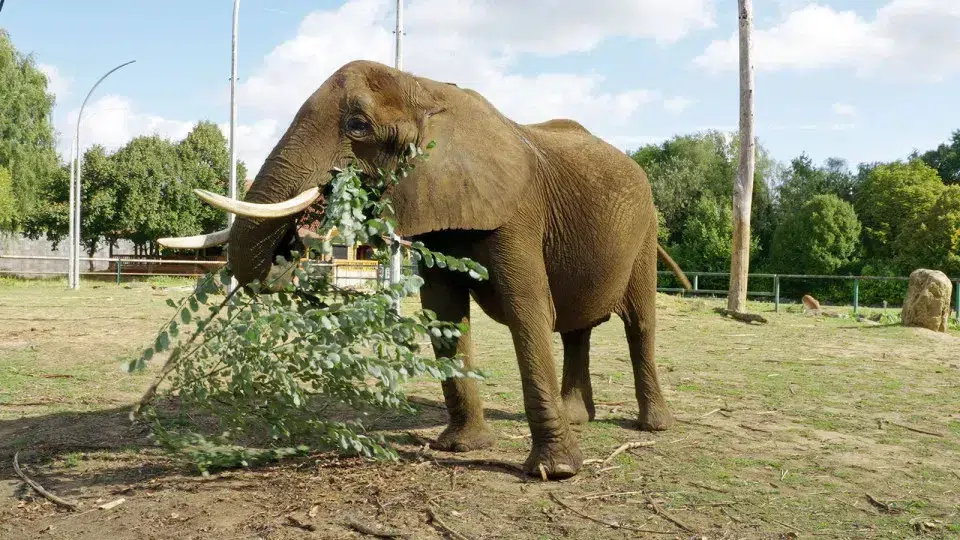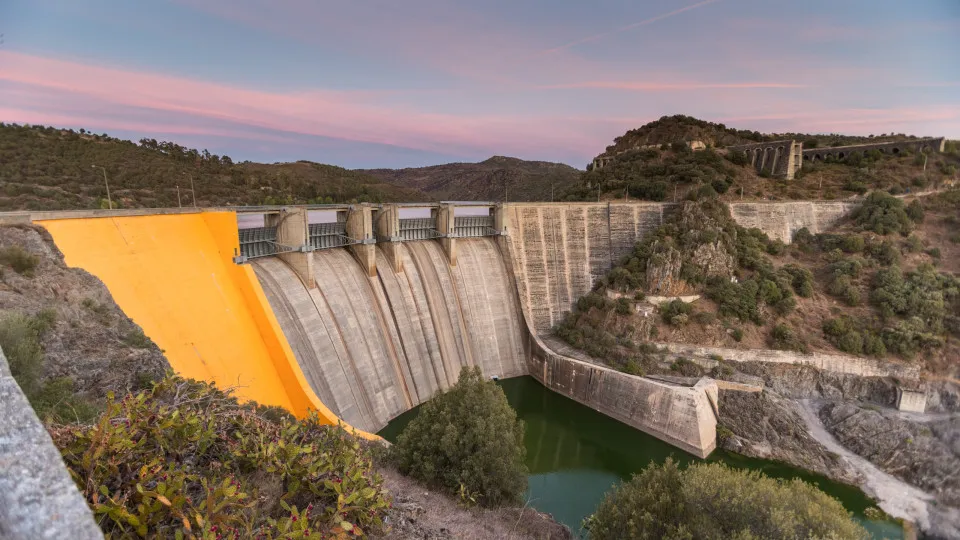
The elephant sanctuary for animals previously housed in zoos and circuses, developed by the non-profit organization Pangea, was unveiled this afternoon in Vila Viçosa, followed by a visit to the site under development.
“We expect the first elephant to arrive at the beginning of 2026, and its name is Kariba. It’s an elephant currently living in a zoo in Belgium,” revealed Pangea’s general director, Kate Moore, speaking to reporters during the visit.
Moore stated that Kariba “came from Zimbabwe” to Europe, where it has spent “the last 40 years in captivity” across various zoos, but will “end its days” in the future sanctuary.
Regarding the project’s planned investment, Moore mentioned that, over approximately 10 years, Pangea aims to “invest 15 million euros.”
Similarly, Pangea’s chief technical consultant, Miguel Repas, emphasized that the sanctuary will offer animals “tranquility, peace, and freedom,” noting that it will not be open to public visits.
However, initiatives available to the public are planned, such as programs for schools and the local community, and the creation of a “discovery center” offering experiences and interactions with elephants.
“We will have protocols with the scientific community,” under which “studies and scientific projects will be conducted to provide crucial information for the advancement of understanding elephant welfare,” he stated.
Repas highlighted that the sanctuary’s future residents “never had contact with nature” and will “relearn to interact with the environment and socialize” with other elephants.
The biologist added that the sanctuary will include stables to house the elephants, a central service support hub, and enclosures designed to withstand a load of 60 tons.
Repas also mentioned that 10 direct jobs and between 30 and 50 indirect jobs will be created.
The mayor of Alandroal, João Grilo, underscored the project’s benefits in terms of economic development and conservation, announcing the establishment of an interpretative center in the Alentejo village to connect the sanctuary with visitors and educational communities.
Similarly, the mayor of Vila Viçosa, Inácio Esperança, noted that the lands to be used by the sanctuary were previously underutilized but will now be environmentally restored and repurposed.
“We will have the opportunity to host study tourism, educational tourism, groups of students, and researchers, which is exactly what we want,” he added.
Spanning 402 hectares, this will be Europe’s first major sanctuary for elephants that have lived in captivity, with a capacity for up to 30 animals. The arrival of the first animals is expected at the beginning of 2026.




